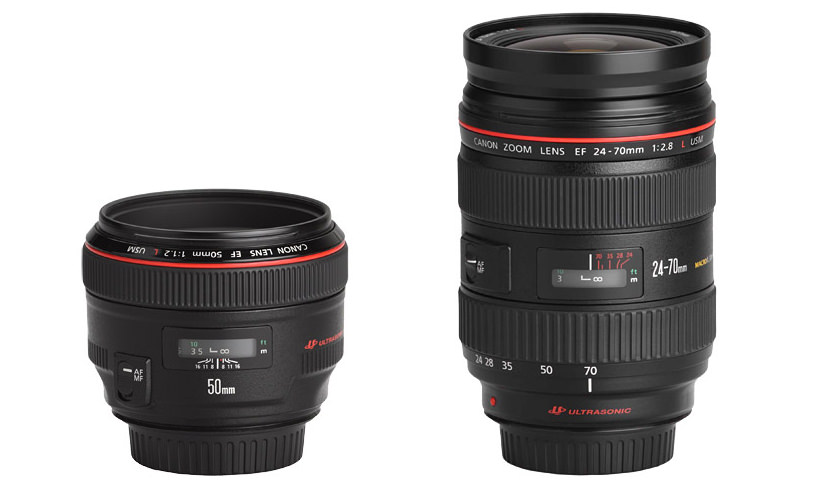This subject is close to my heart and i am a little obsesses with clean backgrounds. It is probably the reason I have never invested in high end zooms and always preferred primes. In the last year or two I have been using the 300 & 500pf lenses and I think they are fantastic. However, I can't bring myself for sell either my 500f4 or 300f2.8 as these lenses have always produced the best results for me. If I was working from a hide, I would always favour the older heavy, faster lenses.
The 300f2.8 I have, produces beautiful backgrounds and I have always been told it is the way the blades operate that produce this.
As examples, the two pictures below are taken with 500f4 and I doubt I could get similar results with my 500pf. (The backgrounds have not been edited in any way)
View attachment 13816View attachment 13817





